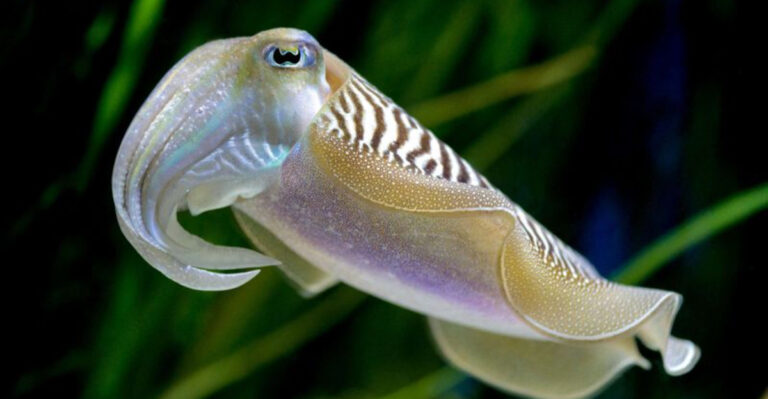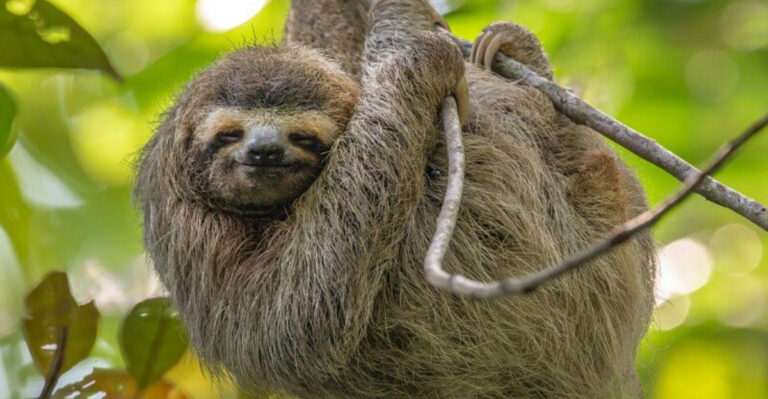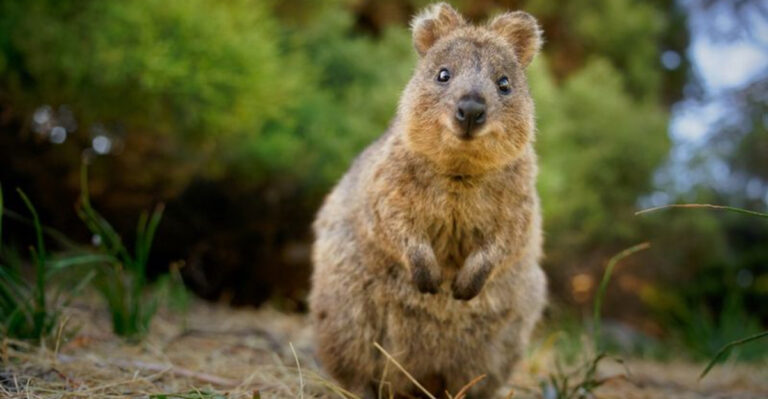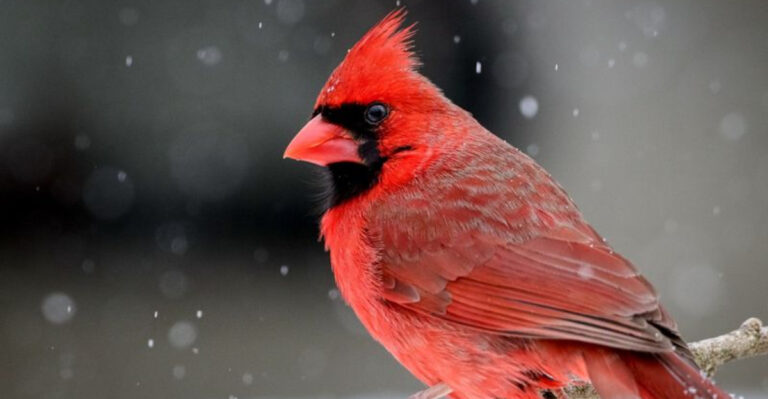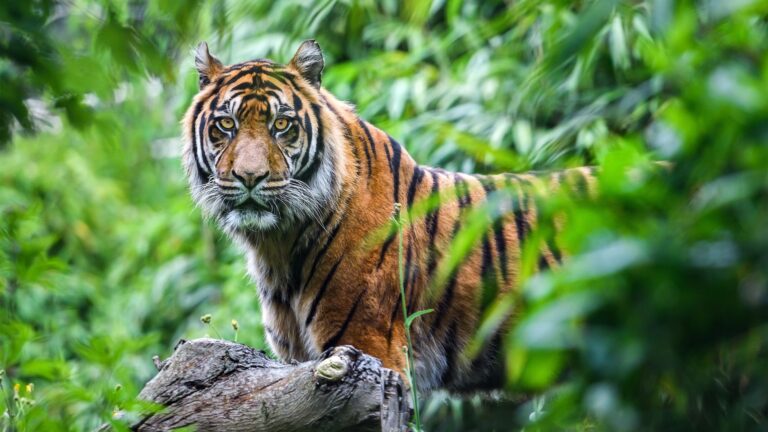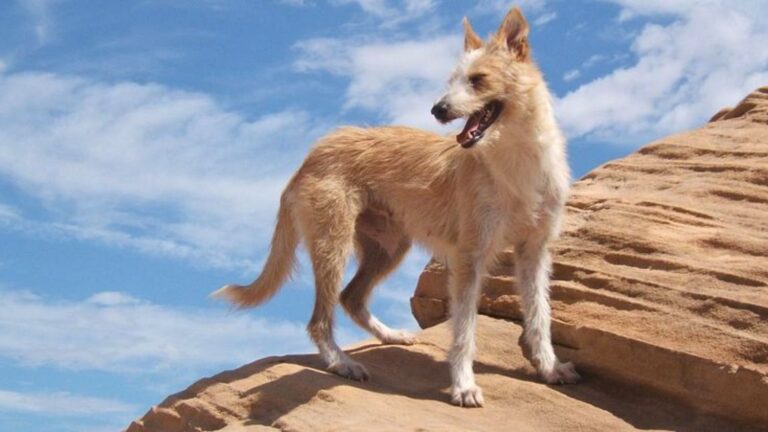15 Surprising Ways Climate Change Affects Animal Behavior
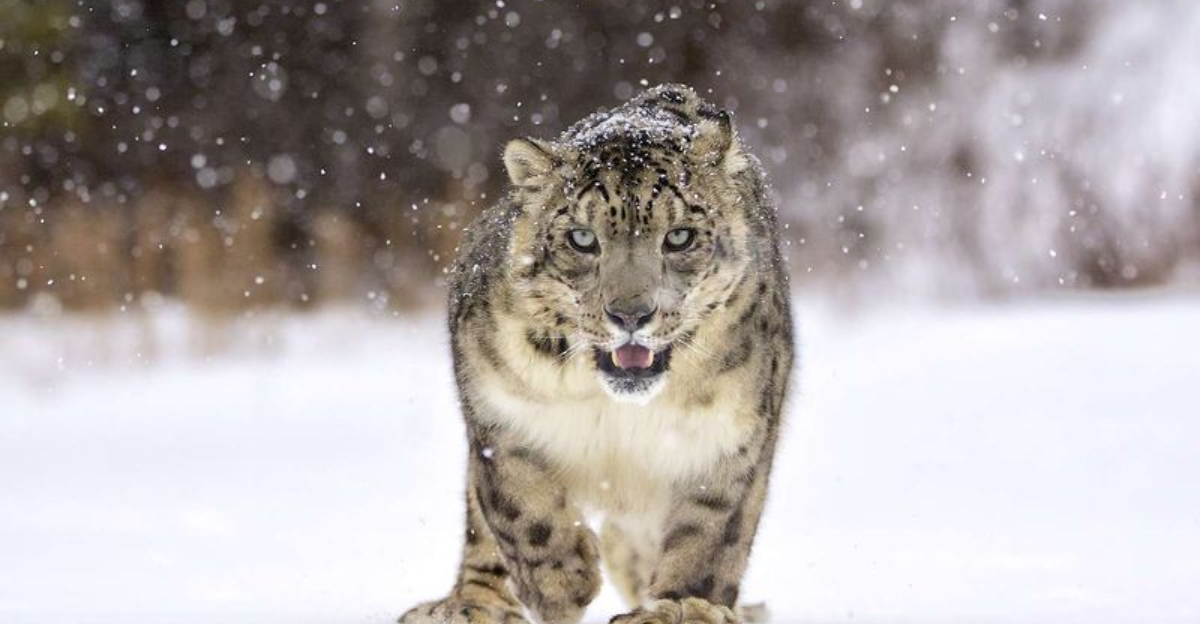
Climate change is doing more than just melting ice caps and warming oceans. It’s also shaking up the animal kingdom in ways that are as fascinating as they are unexpected.
Grab a cup of coffee, sit back, and let’s explore how our critter friends are adjusting to this brave new world!
1. Birds Are Singing Sooner In The Day
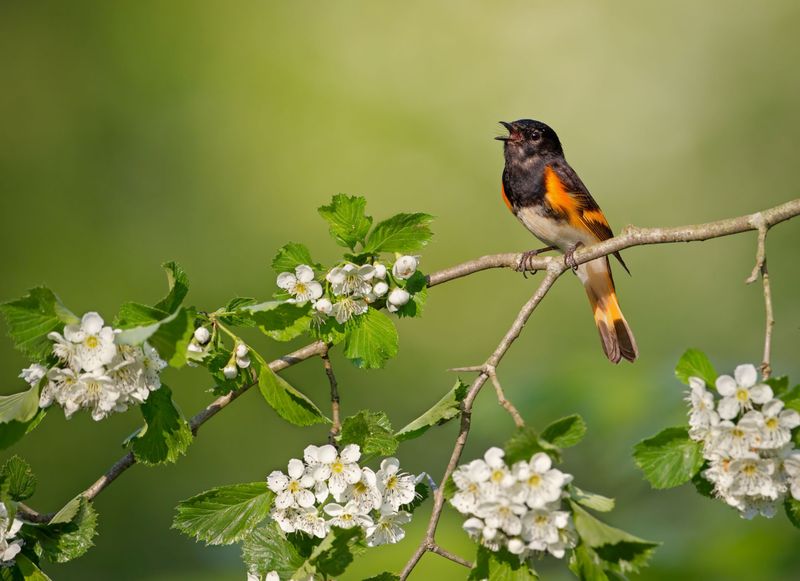
Picture this: You’re snug in your bed, dreaming of Sunday brunch, and the birds outside are already belting out their morning serenade. Warmer mornings have birds starting their dawn chorus earlier than ever.
It’s like they’re set to a new alarm clock, and spoiler alert – it’s not one you can hit snooze on! These early tunes can affect mating and feeding times, making it a whole new ball game for our feathered friends.
2. Sea Turtles Are Becoming Mostly Female
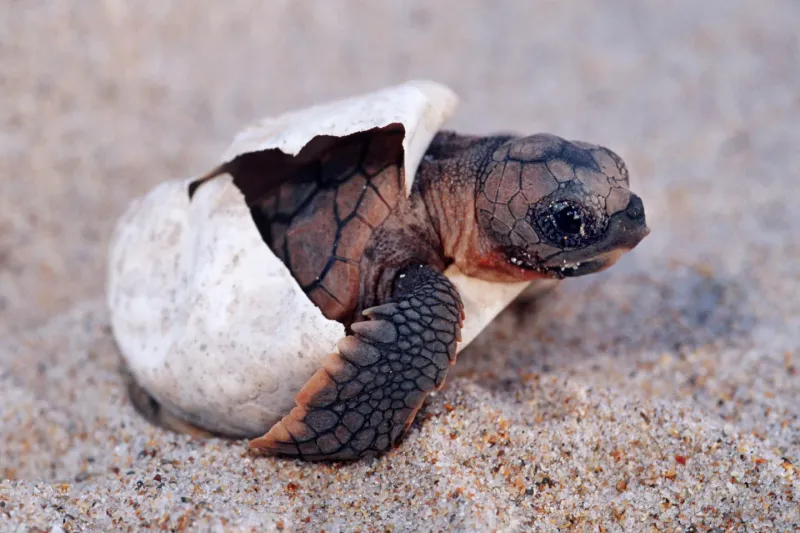
Here’s a hot topic, quite literally! As beach sand temperatures rise, sea turtle eggs are turning out mostly female hatchlings. It’s like Mother Nature’s version of “Ladies’ Night,” but with some serious implications.
A skewed sex ratio could impact population dynamics for future generations. So, grab your sunglasses and imagine a beach full of female turtles, all thanks to climate change’s scorching new twist.
3. Polar Bears Are Picking Fights With Grizzlies
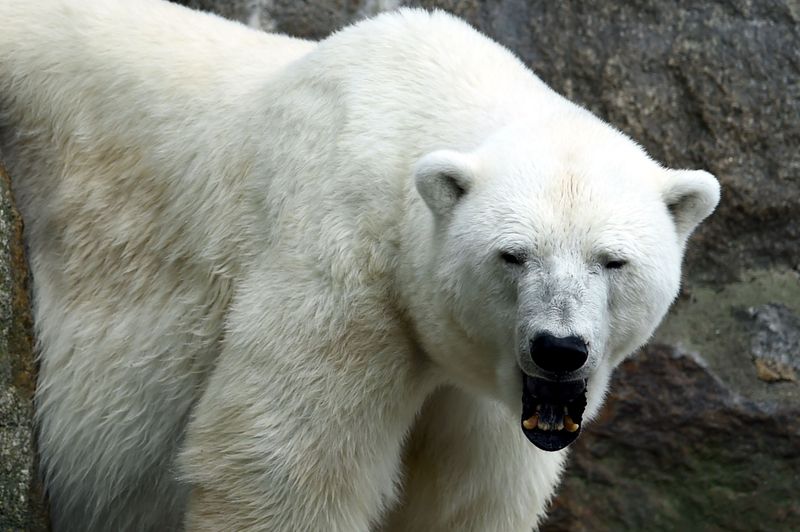
Imagine the clash of titans as polar bears venture south, bumping into grizzly bears.
Thanks to shrinking sea ice, these snowy giants are wandering into grizzly territory, sometimes leading to unexpected encounters.
It’s a bear world out there, driven by melting ice and a desperate search for food and habitat.
4. Elephants Are Losing Their Tusks
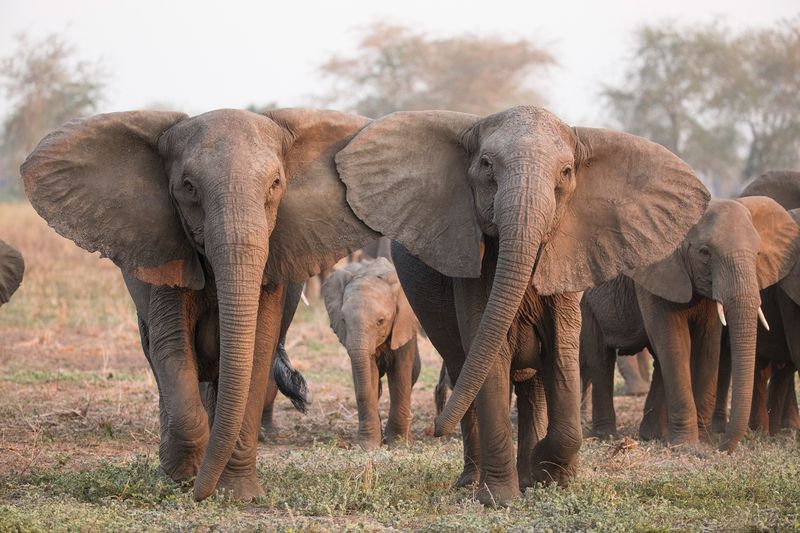
Hold onto your hats! Elephants are evolving right before our eyes! Increased poaching and changing environments mean more tuskless elephants are surviving and passing on this trait.
It’s like nature’s way of saying, “Tusk, what’s that?” This shift could help elephants evade poachers but also changes how they interact with their environment. Mother Nature, you crafty innovator, you!
5. Fish Are Swimming Toward The Poles
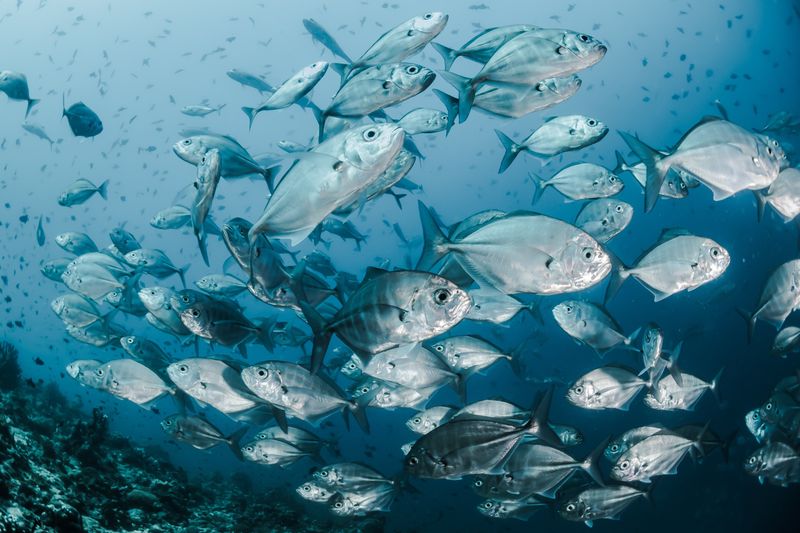
Fish are packing their bags and heading to cooler waters. As ocean temperatures rise, many species are swimming poles-ward in search of their ideal habitat.
This migration might impact local fisheries and ecosystems as fish communities change, showing just how interconnected our world really is.
6. Insects Are Staying Active All Year Round
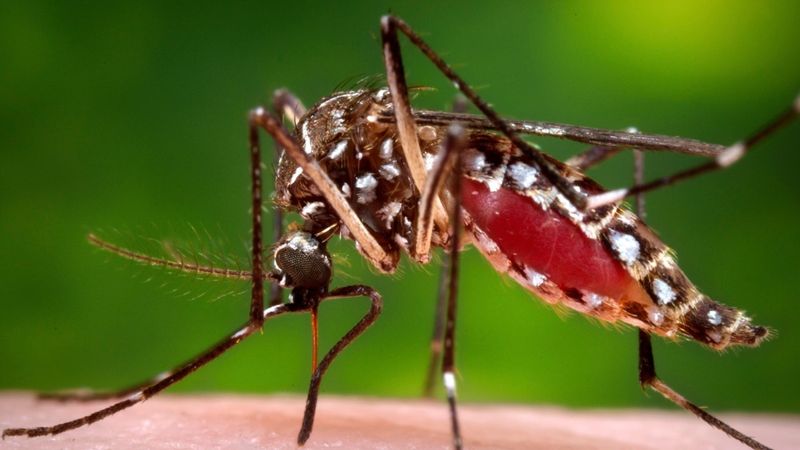
Bugs like mosquitoes and ticks are ditching their winter slumber and staying awake all year round.
Milder winters mean shorter downtime for insects, leading to more biting and buzzing during months we’d rather forget they exist.
7. Salmon Are Getting Smaller And Showing Up Earlier
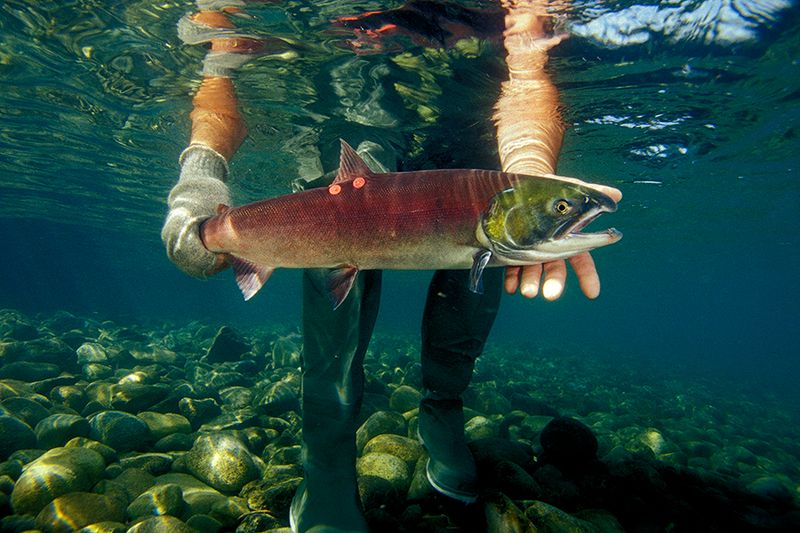
Salmon are not just losing weight for summer; they’re shrinking and arriving earlier than expected! Warmer rivers speed up their growth cycles, leading to smaller, faster-maturing fish.
It’s like they’re on a rush hour commute, arriving before the rest of the party. This early arrival can misalign with food availability, causing ripples in the ecosystem. Who knew fish could be fashionably early?
8. Hibernation Is Getting Shorter
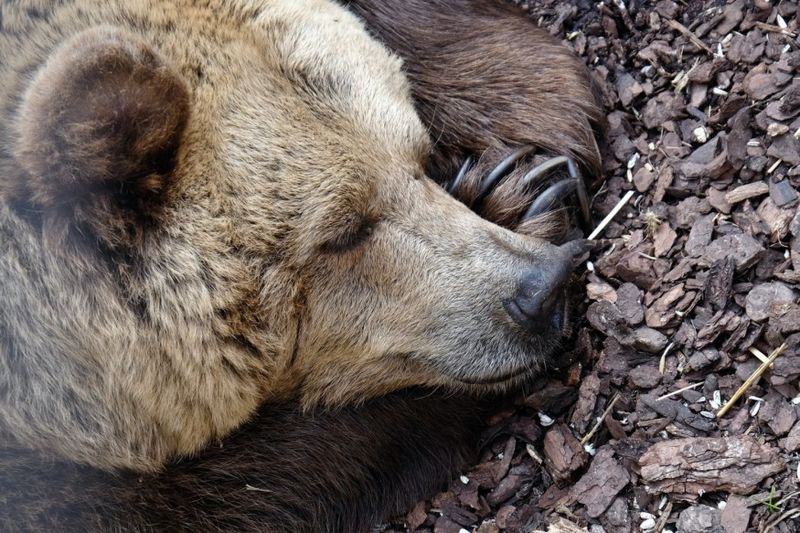
Not all creatures are snoozing through the winter anymore. Bears, squirrels, and hedgehogs are enjoying shorter naps – or skipping them altogether.
With milder winters, the urge to hibernate is waning, making some animals more like your insomniac uncle than sleepy dormice.
While this might mean more winter sightings, it can also disrupt natural processes that rely on seasonal downtime.
9. Animals Are Moving Higher Up Mountains
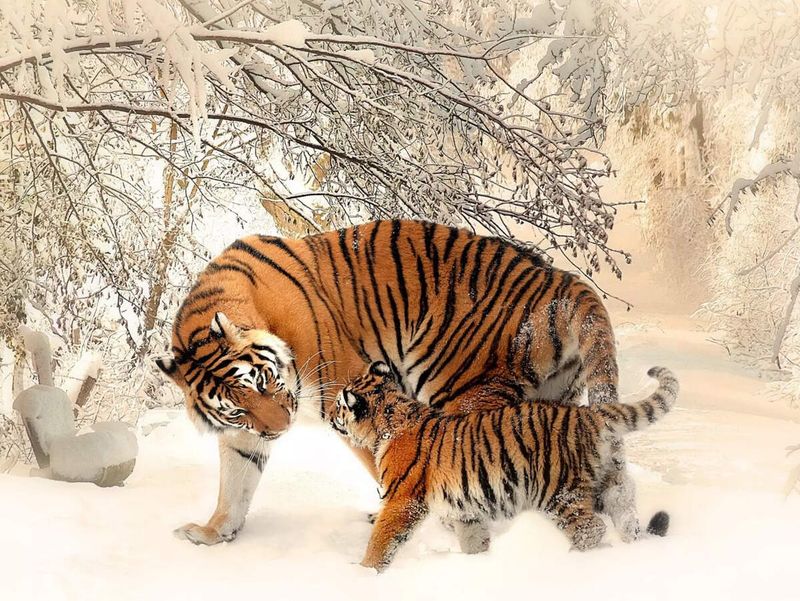
It’s a vertical migration as animals head for the hills to escape lower elevation heat. Picture mountain goats scaling peaks like mountaineers, all in pursuit of cooler climates.
This upward trek can alter local ecosystems and put strain on resources as more species jostle for space. It’s a high-altitude challenge that’s rewriting the rules of survival!
10. Reindeer Are Calving Earlier

Springtime in the tundra is starting earlier, and so are the reindeer calves. With increased warmth, birthing seasons are shifting, sometimes out of sync with food availability.
Imagine the awkwardness of a dinner party with no food – not ideal! Mismatched timing can make survival tougher for these iconic animals, reminding us how delicate ecological balances can be.
11. Orcas Are Showing Up Where They Never Used To
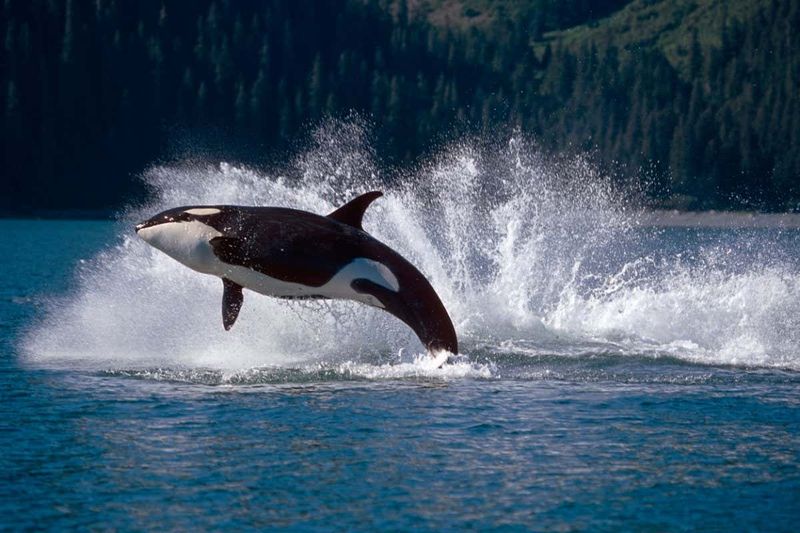
The mighty orca is expanding its territory, venturing into new waters thanks to melting sea ice. Imagine spotting these majestic creatures in places they’ve never been seen before.
While exciting, this new presence can disrupt existing marine ecosystems and challenge native species. It’s like the new neighbor who throws epic pool parties – fun but maybe a little invasive!
12. Bird Migration Routes Are Changing
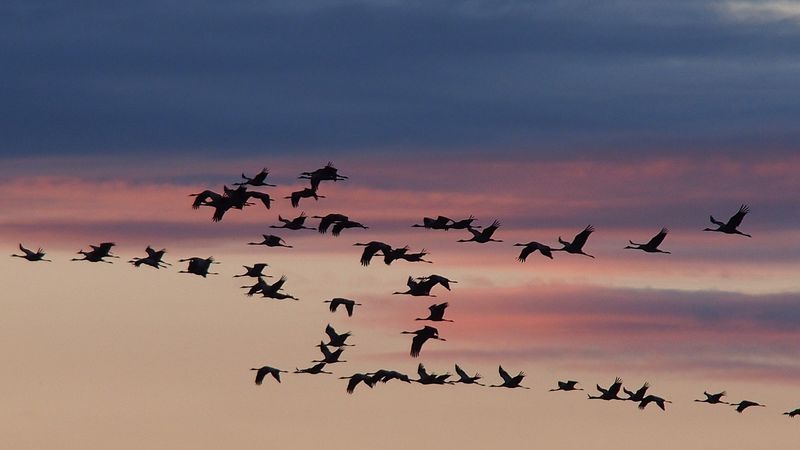
Birds are taking the scenic route, altering traditional migration paths due to shifting climates. Picture our winged travelers opting for detours to find better weather or food sources.
These changes can have profound effects on ecosystems that rely on regular bird patterns.
13. Frogs Are Croaking Earlier In The Season
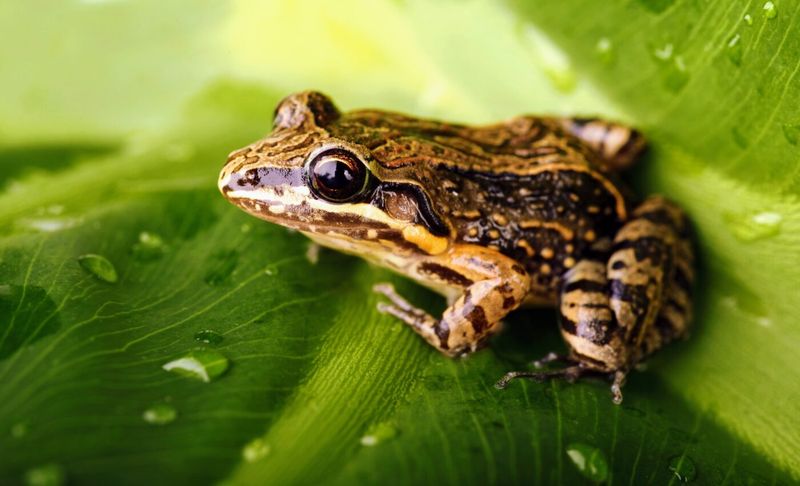
Frogs are starting their chorus early, serenading the season before we’ve even put away our winter coats. Warmer springs are prompting these amphibian divas to croak and mate weeks ahead of schedule.
This untimely romance can affect frog populations and their role in the ecosystem.
14. Predators Are Hunting At Odd Hours
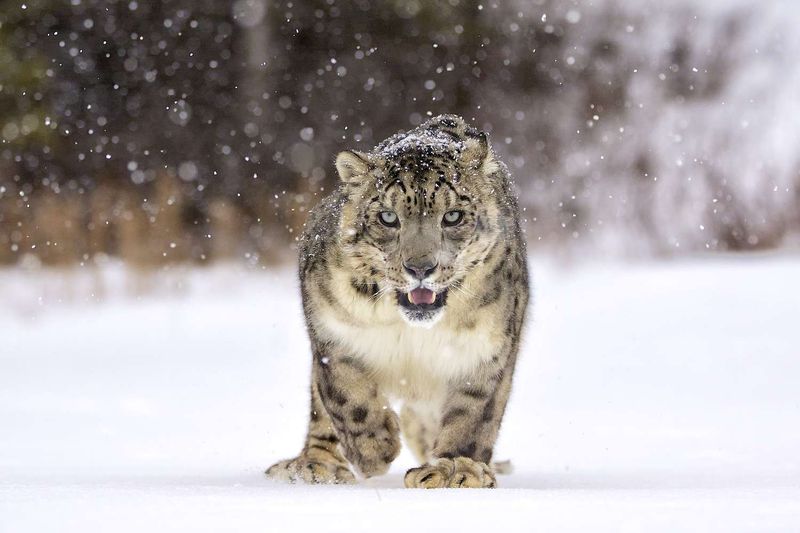
When the sun’s too hot, hunt when it’s not! Big cats and wolves are adjusting their schedules, prowling at dawn or dusk to beat the heat.
This change in behavior can affect prey dynamics, proving that even predators need to adapt to a changing world.
15. New Hybrid Species Are Emerging
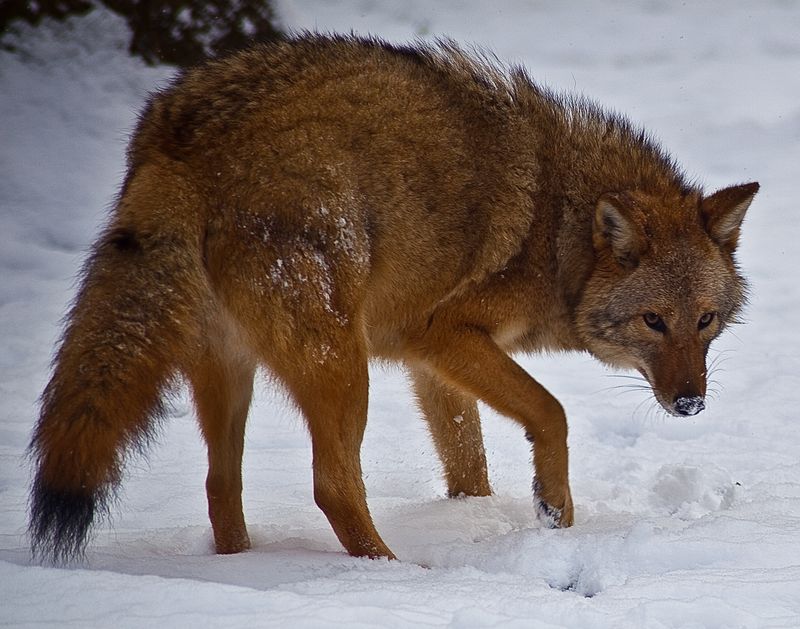
Meet the new kids on the block—hybrids like coywolves and pizzly bears! Overlapping territories driven by climate shifts are leading to unexpected crossbreeds.
These new species are nature’s way of mixing things up, creating unique animals with traits from both parents.

